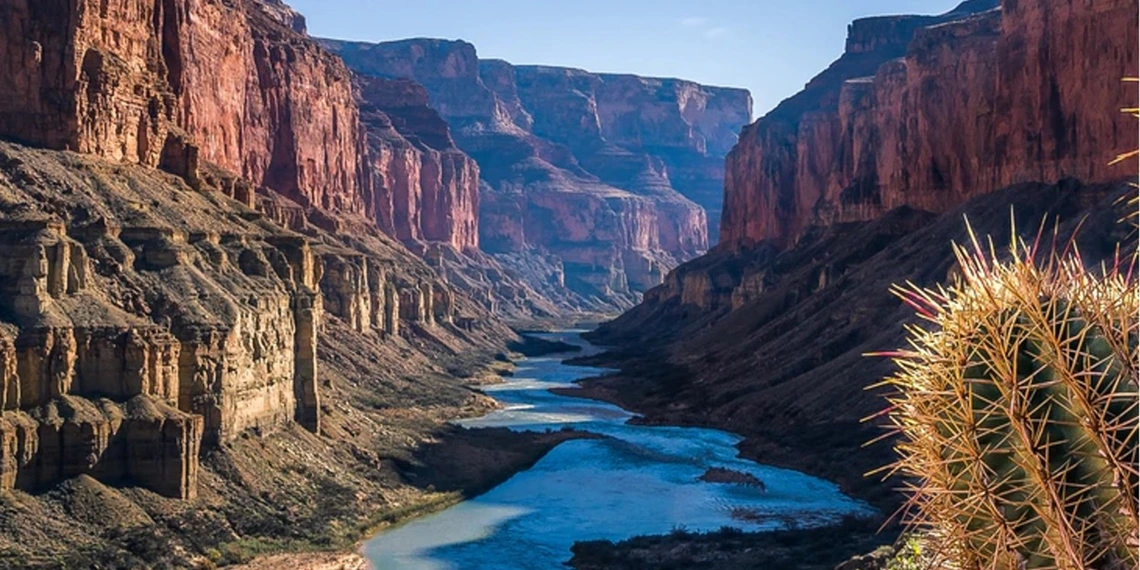Continued Drought Likely in Water Year 2026

October 1, 2025, marked the first day of the new water year. In hydrology, a “water year” refers to the 12-month period in which precipitation totals are measured. The new water year starts in October because much of the precipitation that falls in late autumn and winter accumulates as snow and does not melt until the following spring or summer. River flows tend to be their lowest during the fall months, and a water year that begins in October enables hydrologists to attribute increased flow to the precipitation that falls during the 12-month cycle.
After a particularly dry 2025 water year, all seven of the Colorado River Basin states are facing drought conditions. For the upcoming winter season, the National Oceanic and Atmospheric Administration (NOAA) predicts a high probability of above-average precipitation in northern states such as Washington, Oregon, and Montana, with below-average precipitation in Arizona, New Mexico, and parts of Utah and Colorado.
According to Seth Arens—a research scientist who works for Western Water Assessment, a university-based applied research program that addresses societal vulnerabilities to extreme weather and natural hazards, particularly those related to water resources—the 2026 water year will be a crucial one for the West, both in terms of climate and politics, as water negotiators from the Colorado River Basin states must attempt to create new operating guidelines for the river.

